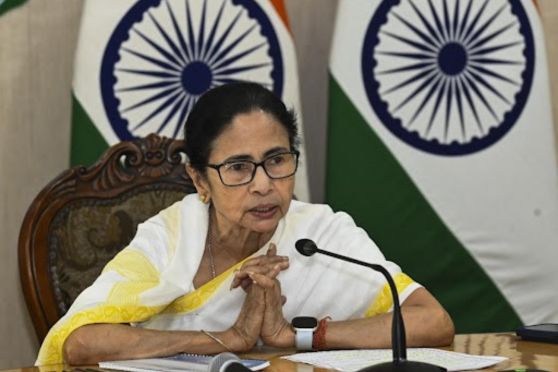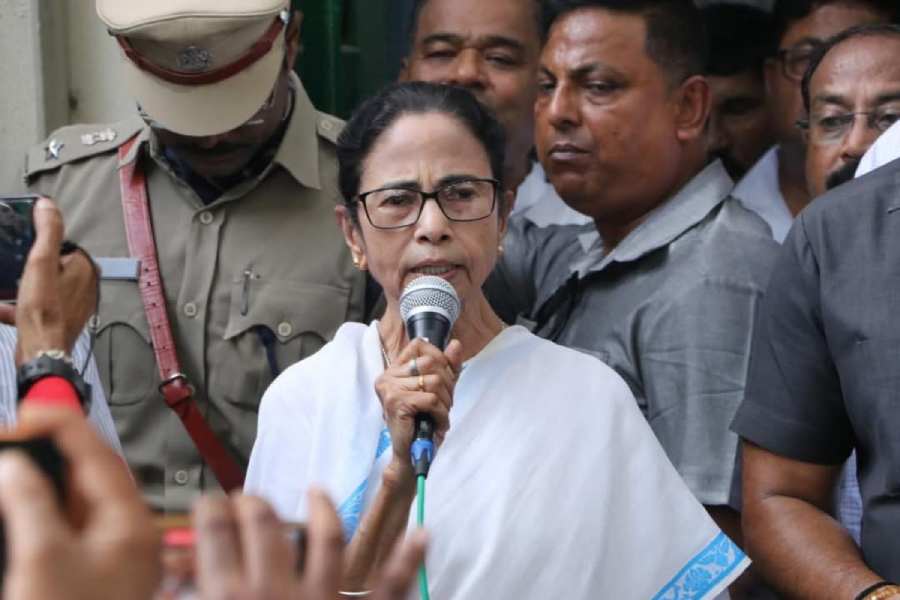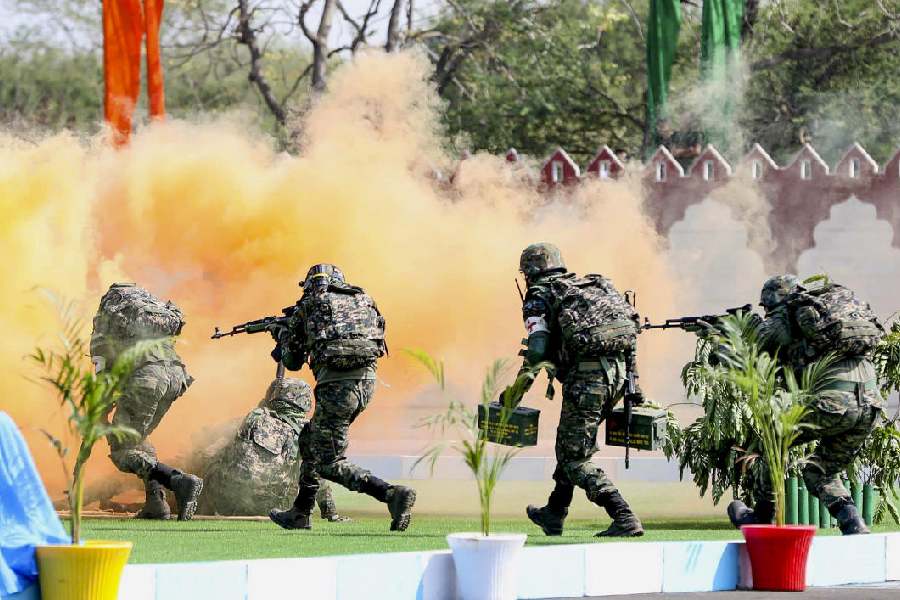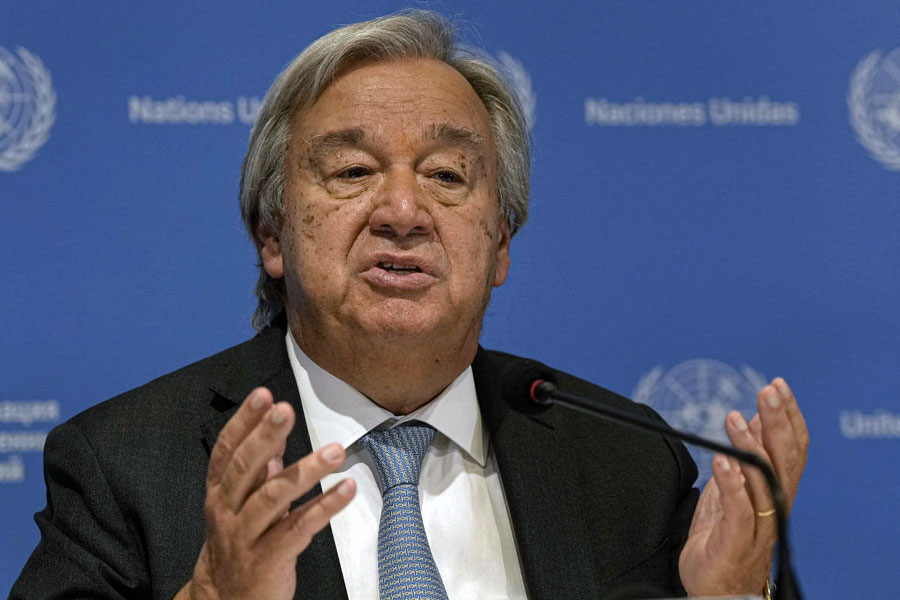|
|
So indifferent is our attitude towards national security that once the Indo-US nuclear deal was done, the many doubts and opinions that were raised during a healthy debate preceding it were promptly forgotten rather than being followed to their logical conclusions. While this suits the nuclear weapon non-believers, such an unstable state will continue to cast doubts on the credibility of our nuclear deterrent, as indeed K. Santhanam’s recent statement in a seminar has done. That the statement was attributed to him when the seminar code did not permit such attribution indicates how fragile national consensus is on as vital an issue as the national nuclear policy and capability.
Not surprisingly, the statement has opened a floodgate of views, counterviews and comments, drawing in scientists and strategists with the prime minister himself having to smother the crescendo. That the debate has turned ugly with personal attacks being made on both sides underlines a prevailing lack of confidence. The last thing the reader needs is further grist to the mill of the subject of the thermo-nuclear test. This is best left to the scientific community to sort out the best it can — one hopes with not more skeletons tumbling out.
There are, however, other important issues that the present debate throws up. The significance of what Santhanam has said goes to the root of our approach to a programme that has a huge bearing on national security and morale. The legitimate targets for weapons of mass destruction are cities and centres of economic value. Thus, a single attack may involve tens of thousands of casualties, if not whole cities. This awareness must awaken the conscience of the nation into demanding greater transparency and clarity regarding our nuclear policy, doctrine and the ability to deliver on the doctrine. These cannot be subjects of secrecy, innuendo and half-baked television debates.
In the realm of airborne weapon system testing and clearance, military specifications, standards and processes have evolved over decades of experience, often at great cost to life and systems. These must be followed meticulously. Those instrumental in bypassing them have done so at great cost to the programme and to national security. The present saga is one such glaring example and the nation risks paying a heavy price unless corrective measures are taken. Brushing things under the carpet or shooting the messenger may give us a superficial breather, but will grievously wound national security in the long term.
Even as the nation embarked on a highly ambitious and classified nuclear weapons programme, we chose to deviate from fundamentals of weapon design and development. We bypassed the established decisionmaking system with the scientific adviser being the sole repository and reporting directly to the prime minister. We had no integrated project management structure with BARC and DRDO working in their respective areas of expertise. The one agency that would normally be able to act as impartial observer and the one which would ultimately have to make the system deliver, was deliberately kept out.
In his book, Weapons of Peace, Raj Chengappa gives us an insight into those times. When V.P. Singh took over as prime minister, he was so dismayed to find a rudimentary and informal command and control structure with regard to the nuclear programme that he is quoted to have told his principal secretary, “This is scary. The matter cannot just be between the Prime Minister and the Scientific Adviser.” Accordingly, he set up an informal committee under Arun Singh to carry out a confidential review of India’s nuclear preparedness.
It was now Arun Singh’s turn to be dismayed when he realized that the chiefs of staff of the armed forces were not briefed about India’s capability. Chengappa quotes Arun Singh as having said, “It was clear we had to end the wink and nudge approach. When it is crunch time you just can’t ring up a chief of staff and say press the button. The army will not take the scientists’ word that it will work. They will want to know if they have a usable credible deterrent. Otherwise they are likely to say buzz off….” Prophetic words, except that the military was reduced to accepting the scientists’ word without a whimper.
Arun Singh also found the lack of coordination between the DRDO and BARC disconcerting: “I thought it was crazy that BARC didn’t know where DRDO stood or vice versa…. It was an unacceptable situation. There was just no institutionalized way of doing things.” Today, we are facing the consequences of not having heeded these valuable warnings.
While Santhanam has only expressed his differences on the results of the thermo nuclear tests, a worrisome concern is that along this challenging design and development route there would perforce have been innumerable technical challenges and design compromises. As per established military procedures, an independent chief resident engineer is located in all such facilities to ensure on behalf of the users that design and technical and safety standards are met. Certainly, no such safety net was available to the armed forces in this programme. This begs the question as to how many areas of difference surfaced during the entire development phase and what compromises were made that are still not known to the users of the weapon systems. How many more Santhanam-like surprises may from time to time rear their ugly heads? Will it then be too late?
Admiral Sureesh Mehta, the chairman of the chiefs of staff committee, stated in his farewell press conference, “The tests were adequate. We believe whatever the scientists tell us. The scientists said the tests were enough and tested. We believe the scientists, as they provide us with nuclear capability.” Clearly, he accepted no responsibility for these weapon systems. This is uncharacteristic of military ethos where any weapons system that the services induct, whether imported or indigenous, is put by them through rigorous testing before acceptance. They are then accountable for the achievement of results. The services did not take the word of DRDO scientists in the case of the Trishul missile, which was finally rejected.
General Ved Malik, who was the army chief at the time of Pokhran-II, termed the recent revelations shocking and said that it affects the armed forces, because when they plan the task given to them they have to know what kind of yield each nuclear weapon has.
Unsaid in these comments by two former service chiefs is that they bear no responsibility for the reliability, safety and operational potential of these weapons systems. That is to be borne by the scientists — who, we see, have their differences. While this leaves India’s nuclear deterrence between two stools, the armed forces by their meek acceptance must also share responsibility.
The Santhanam debate has raised a larger issue: of ignoring established procedures for design, development, testing and deployment of military weapons systems for national security. The reliability and pitfalls in the operational exploitation of our nuclear deterrent will always remain a question, thus depriving military and security planners of the confidence and the surety of such actions. National security requires that the ultimate users of weapons systems, namely our armed forces, are also guarantors of their efficacy. By passing the buck to the scientists, Admiral Mehta has not only ducked this responsibility, but has given the nation cause for concern.
It is time for the government to set up an independent evaluation group, comprising scientists, experts and the armed forces, to assure themselves and the nation that the weapons systems constituting our nuclear deterrent are battleworthy. Then the armed forces must take ownership and be held to account.











